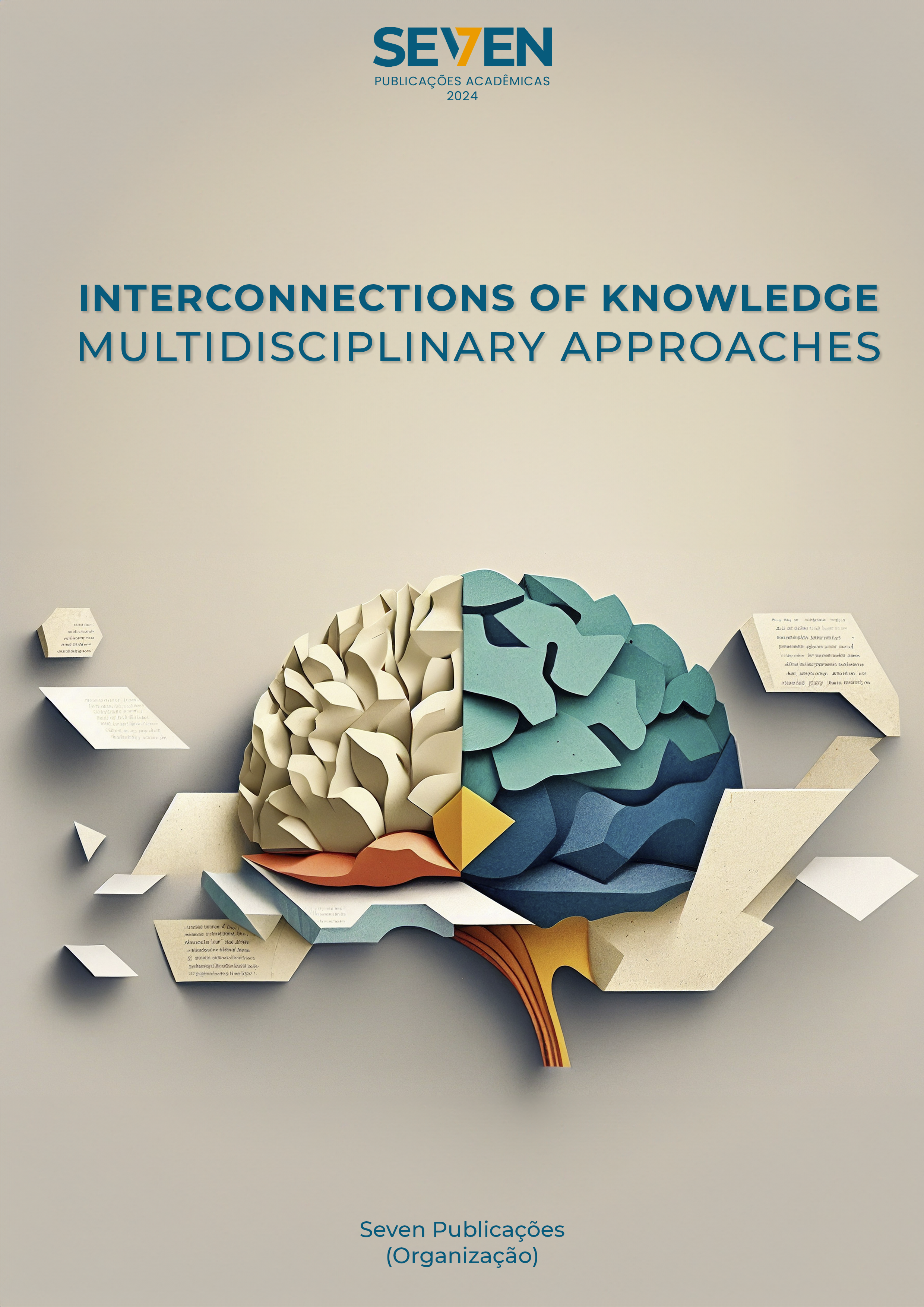Prototype to automate the screwing process in motion on the back covers of televisions using the conveyor tracking technique
Keywords:
Automation, Bolting, Conveyor Tracking, Vision SystemAbstract
This article aims to address the automation of the screwing process of the back cover of televisions. Currently, this task is performed manually, which results in slow production, repetitive effort, and intense concentration on the part of operators. The proposed solution involves the development of a prototype that uses the conveyor tracking technique to automate on-the-go bolting. During the development of the project, several challenges were faced, such as: precise torque control to ensure that the bolts are tightened with the correct force, implementation of a vision system to use cameras to identify screwing points, synchronization with different models on the conveyor belt to adapt the system to handle different types of televisions, automatic feeding of the screws to ensure that the screws are supplied continuously, compliance with the current line times (Takt Time) to maintain the proper production rhythm and confirmation of screwing at each point of the product to verify that all screws have been correctly tightened. The methodology used in the development of the bolting module included the following steps: specification of requirements and planning that aims to identify the functionalities of the prototype and planning of activities, the mechanical design that allowed the creation of 3D and 2D drawings of the bolting module, the automation project responsible for the preparation of a bill of materials or commercial items and the software project stage responsible for programming the automation of the module, including control logic and communication with other systems. The successful implementation of this project will result in a number of benefits for the production line, including increased productivity, reduced operator fatigue, and improved product quality. In summary, scientific research not only enhances industrial processes but also enriches society and strengthens the academic knowledge base.
Downloads
Published
Issue
Section
License
Copyright (c) 2024 Weidson de Oliveira Feitoza, Darío da Silva Glória, Carlos Wagner Alves Nascimento, Nelson Alexandre Gouvêa, Ricardo da Silva Moura, Alexandre de Magalhães Périco, Anderson Bentes Sodré, Ângela Timótia Pereira Lima, Caio César de Araújo Gomes, Juliana Marques Leão, Renato Souza de Lira

This work is licensed under a Creative Commons Attribution-NonCommercial 4.0 International License.





